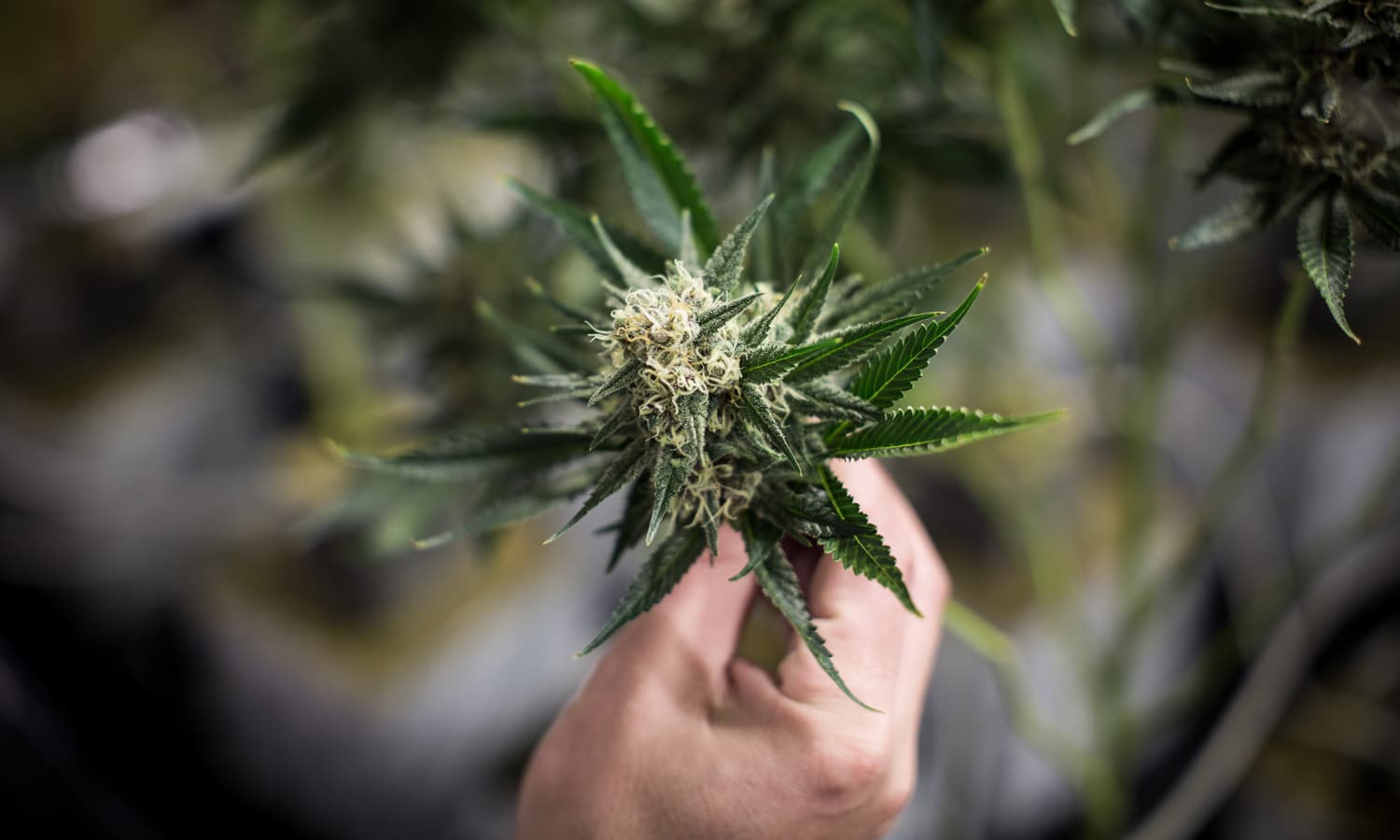A recent study shows a cannabis flavonoid was able to kill pancreatic cancer cells.
The marijuana plant is so much more than THC and CBD, even if these two tend to dominate the media and medical spotlights. A recent study found a compound present in the cannabis plant, not even a cannabinoid, is showing potential for treating pancreatic cancer.
The study published in the medical journal Frontiers of Oncology found the non-psychoactive derivative of cannabis, termed FBL-03G, caused the death of cancerogenous pancreatic cells.
RELATED: Did the National Cancer Institute Finally Admit Cannabis Kills Cancer?
The study was done in partnership with the Dana-Farber Cancer Institute in Boston, which introduced a cannabis-derived drug to two kinds of pancreatic cancer cells in lab mice. FBL-03G is an isolation of a type of cannabis flavonoid — a chemical found in nearly all fruits and veggies, popular for its health benefits and adding colors and smells to plants.

Researchers conducted a variety of tests with the mice, in one instance applying the flavonoid directly into the tumors. This potential cancer treatment, paired with radiation, caused the pancreatic cancer to suffer a “major increase” in cell death. Another test left the mice with cancer untreated for 20 days and later provided them with the flavonoid. Half of the mice were still alive after 40 days.
RELATED: Can Marijuana Cure Cancer? This Company Seeks The Answer
“In this study, a flavonoid derivative of cannabis demonstrates significant therapy potential in the treatment of pancreatic cancer, including radio-sensitizing and cancer metastasis treatment potential. The results justify further studies to optimize therapy outcomes toward clinical translation,” concludes the authors.
While this study is important for the fact it found a connection between cannabis and the treatment of pancreatic cancer, it’s also relevant because it highlights other compounds less known in the marijuana plant.
There are over 500 chemicals available in the cannabis, all of them interacting in different ways with each other when exposed to other cells. The possibilities for research are endless, especially if we widen our scope.


